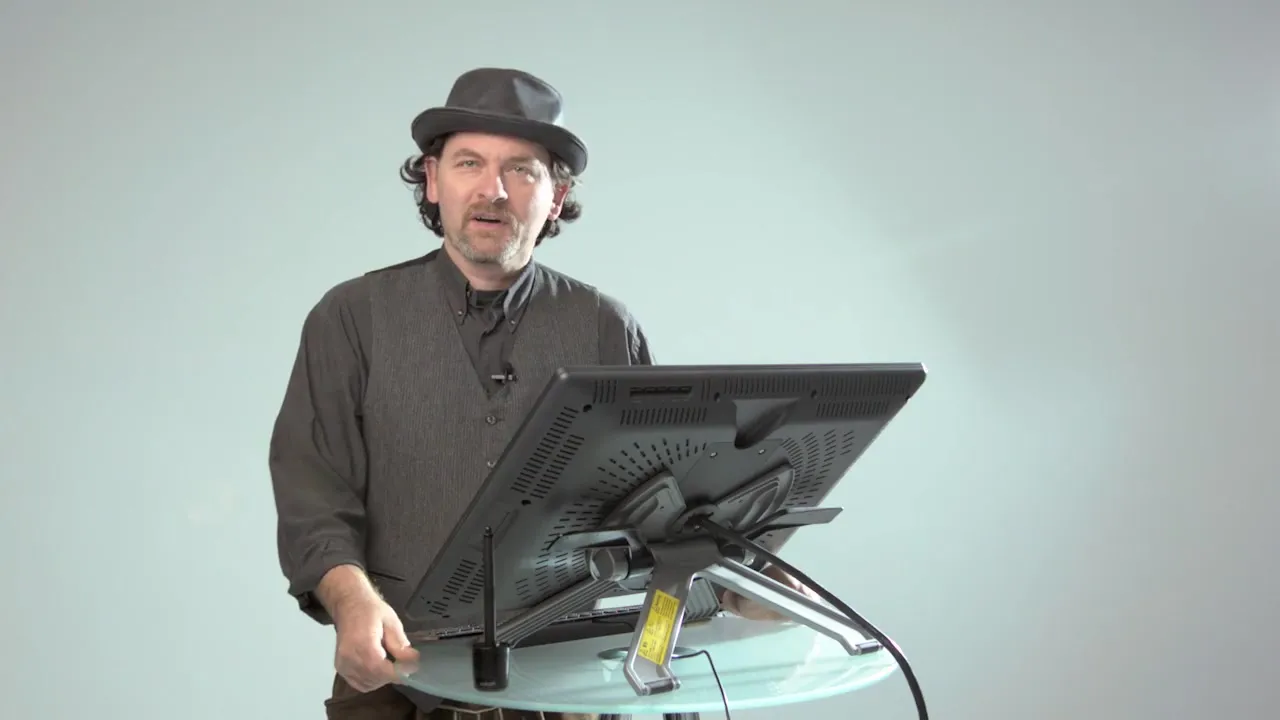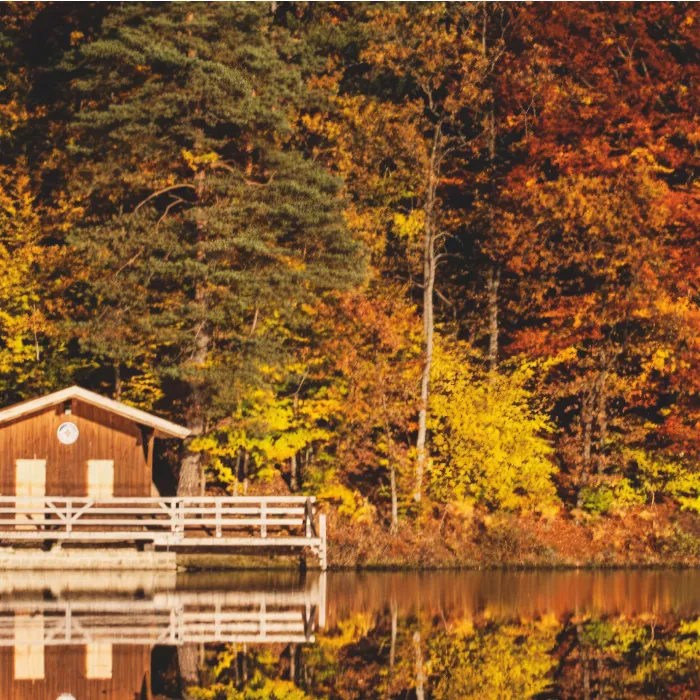Digital cameras are considered technical marvels that many people often do not understand or know how to use properly. Frequently, they end up unused in drawers, not because they do not work, but because the owners do not know how to handle them. However, digital photography is not magic – anyone can learn it, including you! In this course, I will show you how to use your digital camera effectively to create impressive photos. Let's dive into the world of photography together.
Key insights
- The principle of photography is independent of the type of camera.
- You will learn how to work with different shooting modes to make specific shots.
- Exposure, color management, and image styles are crucial for good photos.
- Raw and JPEG formats have different advantages that you will get to know.
- With your newfound knowledge, you will be able to create high-quality prints from your digital photos.
Step-by-step guide
1. Understanding the basics of a digital camera
At the beginning, it is important to understand that regardless of the type of your camera, the basic operating concepts are always the same. Whether you have a compact camera or a DSLR, the principles of photography remain unchanged. Watch how I work with a compact camera, for example, and learn how to transfer these concepts to your own camera.
2. Overcoming the fear of technology
I will help you overcome your fear of your camera by showing you how all the buttons and switches work. Once you understand the basic functions of your camera, handling it will become intuitive. It is important to overcome these hurdles in order to immerse yourself in photography.

3. Shooting modes and subject selection
To make photography easier for you, I will introduce you to the various shooting programs on your camera. Each program is suited for specific shooting situations, whether it's portraits, landscapes, or close-ups. You will learn how to use these programs effectively to create great images without much technical knowledge.
4. Understanding and controlling exposure
Exposure is a critical factor in photography. You will learn how to adjust your camera's exposure value to create ideal lighting conditions for your photos. If you find an image that is too dark or too bright, I will show you how to correct the settings accordingly.
5. Color management through white balance
Just as important as exposure is the correct color representation of the subjects. This is where white balance comes into play. I will show you how to optimize the colors of your photos through simple adjustments, so they appear more natural and appealing.
6. Image styles and creative editing options
You will understand what image styles are and how to give your photos a unique look. Often, it is possible to make small edits directly in the camera to influence the final result. I will show you different styles and how you can adjust your camera settings for them.
7. File formats: JPEG vs. RAW
Part of your knowledge will also revolve around the different file formats. JPEG is widely used, but it has its limitations. The RAW format, on the other hand, offers you many possibilities, especially if you want more control in post-processing. I will present the advantages to you through practical examples.
8. Creating high-quality prints from digital photographs
Have you ever wondered how to create high-quality prints from your digital images? In this step, you will learn the best options to bring your photos to life not only digitally but also analogously. I will introduce you to the various processes and techniques required for this.
9. Other important topics in photography
The topics already discussed also include autofocus, image sharpness, and the speed of your camera. We will address these aspects whenever they are relevant to the situation. I will give you valuable tips on how to use these functions optimally to make your photography vision a reality.
Summary – Digital Photography: Your entry into the world of digital cameras
Throughout this course, you have learned the basic mechanisms of the digital camera, the importance of exposure, color management, and image styles. You have received the tools to unlock the full potential of your camera. With the skills you have acquired, you can now take impressive photos and easily have them printed.
Frequently asked questions
How can I understand my digital camera better?By recognizing the basic operating concepts and trying out the functions of your camera.
What are the differences between JPEG and RAW?JPEG is a compressed format, while RAW gives you more editing options.
How can I adjust the exposure of my photos?By adjusting your camera's exposure settings, you can optimize both bright and dark images.
How do I choose the best shooting mode?Use your camera's specific programs for portraits, landscapes, or close-ups to achieve optimal results.
Can I have my digital photos printed?Yes, I will show you how to create high-quality prints from your digital images.

